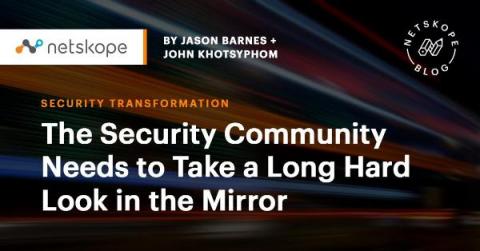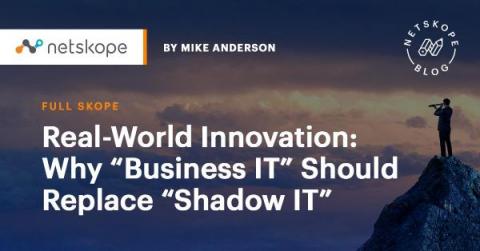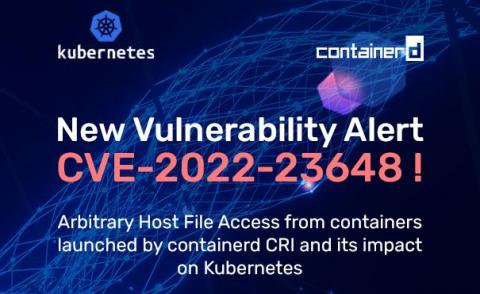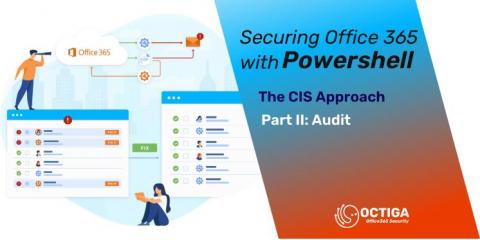Privacy and the death of security, what security teams need to know
As people start coming back to the office after working from home exclusively for two years, a hybrid work model will pose a series of challenges for security teams. One of these challenges involves reminding and reeducating workers about security best practices after two years of working remotely and using decentralized services.











